Inside: Explore these powerful artworks in the series by Edvard Munch Frieze of Life and then download the lesson to use in your classroom!
Edvard Munch’s The Scream is one of the most captivating and powerful artworks ever produced. But did you know that it is part of a larger series of artworks? Beginning in the 1890s, Munch created a stunning series of paintings called The Frieze of Life. The paintings produced during this time of his life are some of his most dramatic and most well-known.
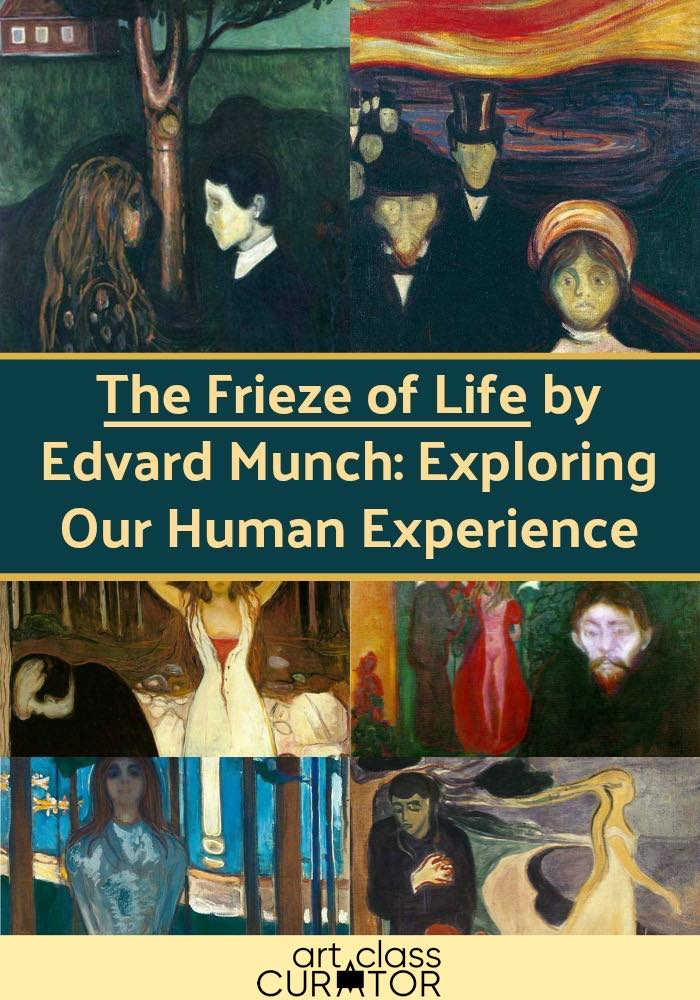
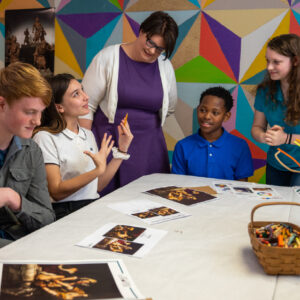
Get the Full Lesson!
This Lesson is in The Curated Connections Library!
Find the full lesson from this post along with hundreds of other art teaching resources and trainings in the Curated Connections Library. Click here for more information about how to join or enter your email below for a free SPARKworks lesson from the membership!
What is a Frieze?
As an art teacher, you may already recognize the word frieze. Either you vaguely remember it from college or you just weirdly have the parts of a Greek temple memorized like I do (why, oh why, do I just know what a metope is?).
A frieze “a broad horizontal band of sculpted or painted decoration, especially on a wall near the ceiling.” (source: Google dictionary)
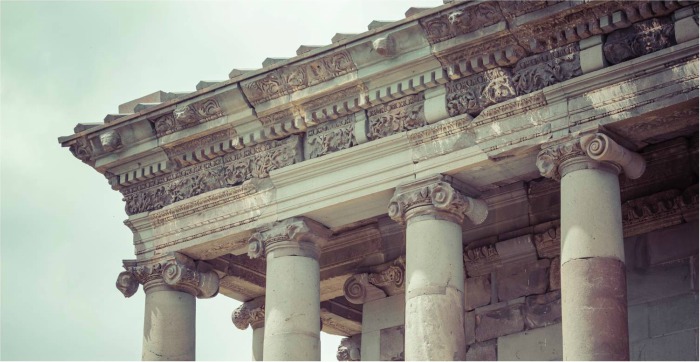
Ancient Greek temples had a frieze layer on the entablature (the top part of the temple that sits on the columns). Often on the frieze, the Greeks and Romans would alternate between metopes and triglyphs. The triglyph is the block with the three parallel lines in this picture, and the metope is the relief sculpture between.
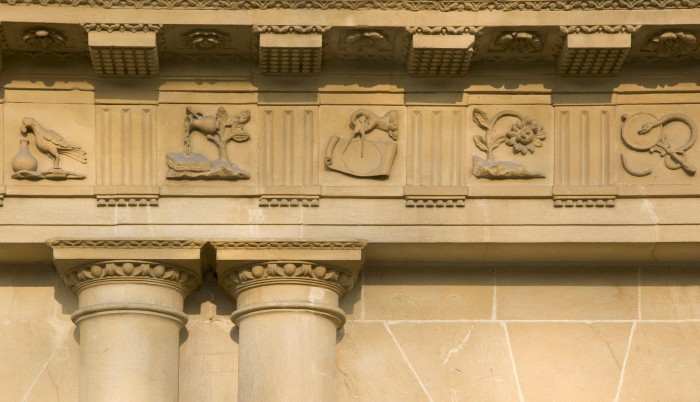
I love how Munch referenced the history of art with The Frieze of Life.
The Life of Edvard Munch
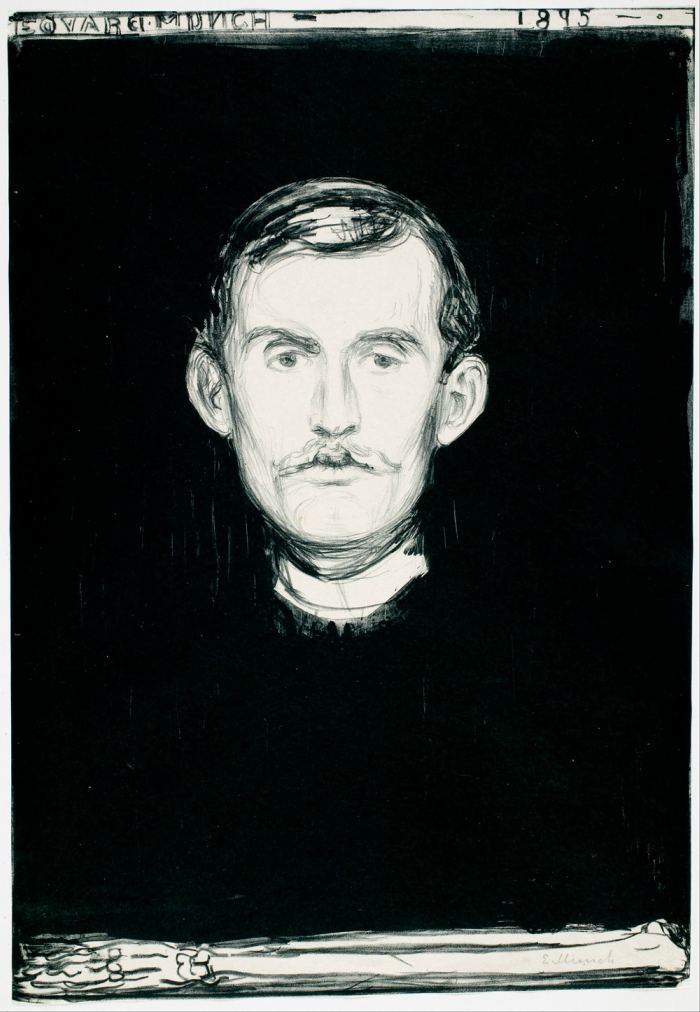
Munch’s life included much tragedy and illness. His mother and sister both passed of tuberculosis while he was a child, and both he and a different sister spent time in mental health facilities. He once proclaimed “I inherited two of mankind’s most frightful enemies—the heritage of consumption and insanity.” (Source)
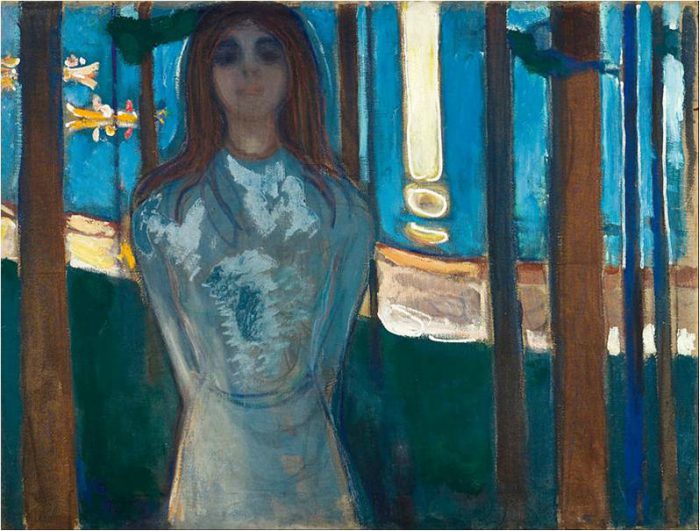
His father’s strict piety caused turmoil in his life. He once said of his father, “My father was temperamentally nervous and obsessively religious—to the point of psychoneurosis. From him I inherited the seeds of madness. The angels of fear, sorrow, and death stood by my side since the day I was born.” (Source) His father did however provide him a great knowledge and education in history and literature.
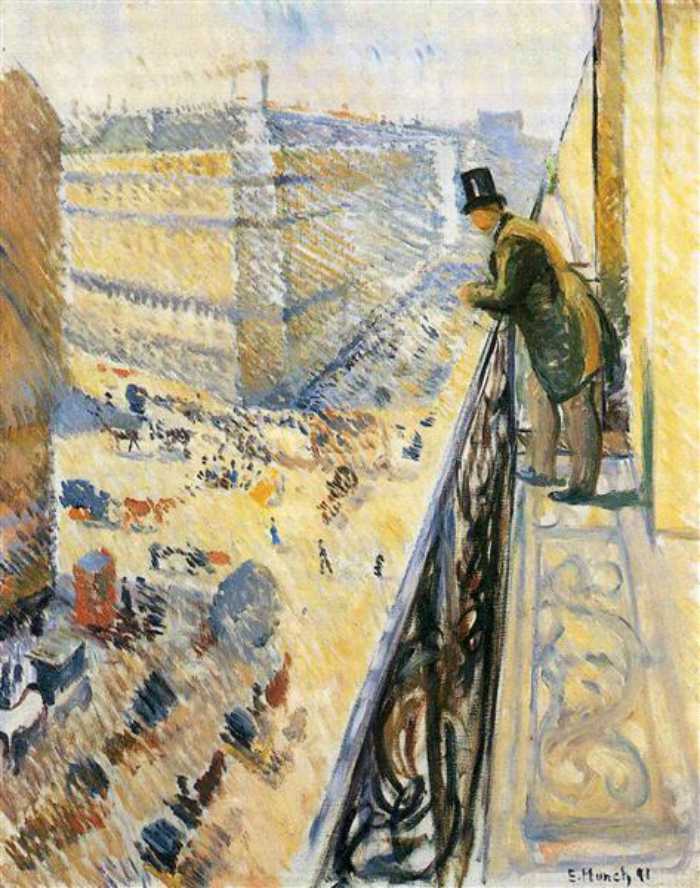
Munch started out as an Impressionist style painter but soon found his voice and developed his own style.
Edvard Munch Frieze of Life
Munch did do his own version of Impressionism, but instead of capturing the essence of light and atmosphere, he captured “impressions of the life of the soul.” (Source)
The paintings in this series focused on capturing foundational human emotions and experiences: jealousy, love, anxiety, despair, isolation, separation, etc. From positive emotions to negative, he expresses emotions that people connect and resonate with.
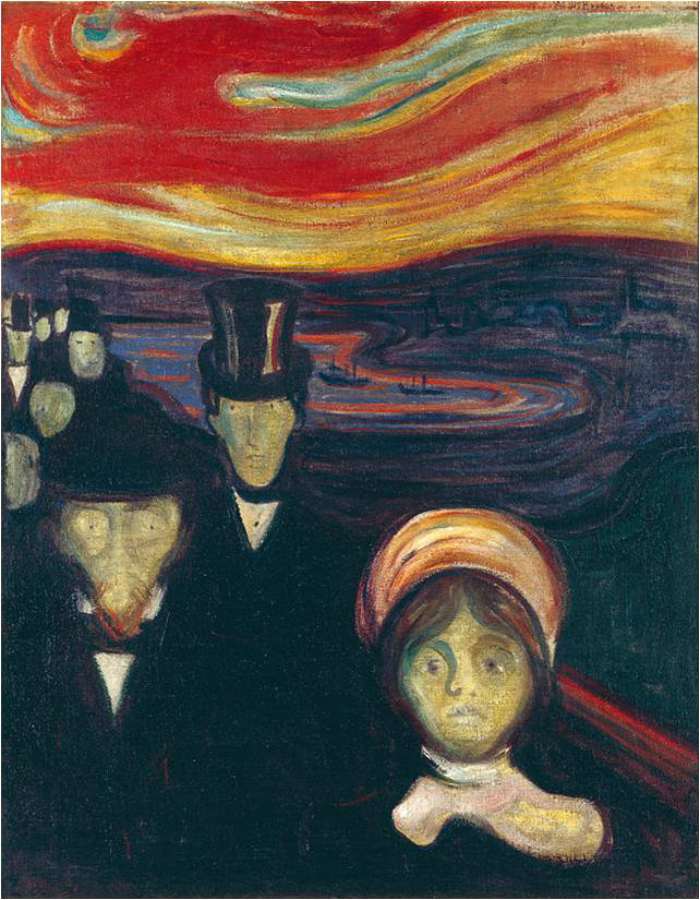
Look at Anxiety. I know I have been that woman many times in my life. It is chilling.
Check out more of Edvard Munch Frieze of Life in the below slideshow.
[slideshow_deploy id=’15889′]
→ While you are studying The Frieze of Life, check out my earlier post on The Scream by Edvard Munch art lesson. That post also has a free printable to analyze the elements and principles of art in The Scream!
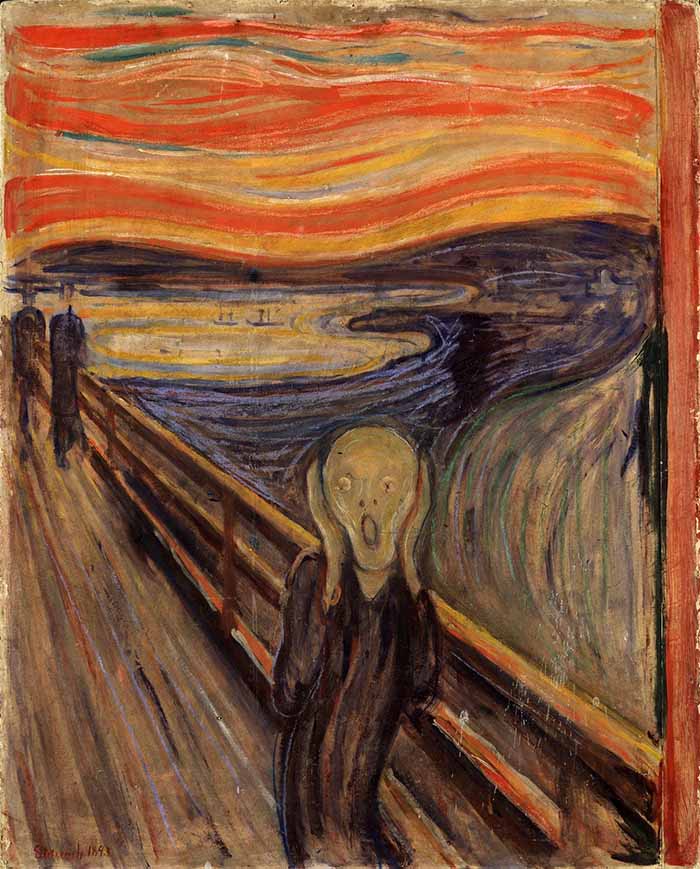
Munch Frieze of Life Art Project
After analyzing Munch’s art through the elements and principles of art and studying The Frieze of Life paintings, have students create their own Frieze of Life style paintings.
Either have students draw an emotion (from the printable in the lesson) or come up with their own emotion they want to portray, and invite them to use the elements and principles to create a portrayal of that emotion. Encourage them to not illustrate the emotion but rather express the impression of that emotion as Munch did!
If you liked this post on Edvard Munch Frieze of Life, check out these others!

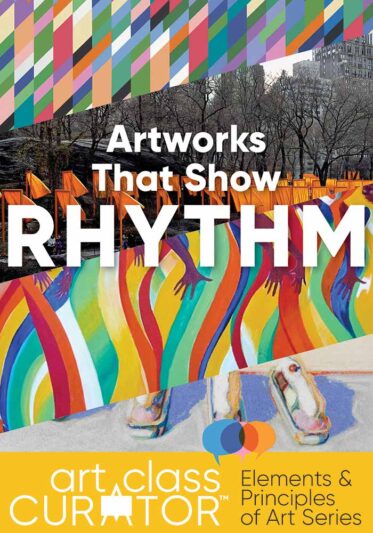
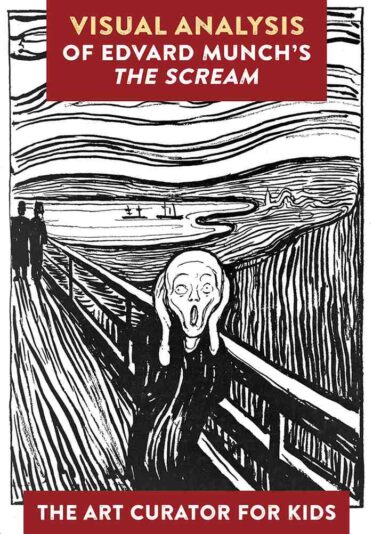
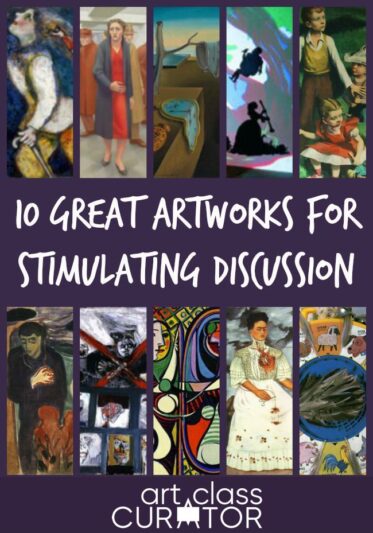

Lovely resources to look at. thank you
You’re welcome!
Great content and post! I’m doing a video about Munch. This is really helpfull. Nice post, thank you very “munch” 😉